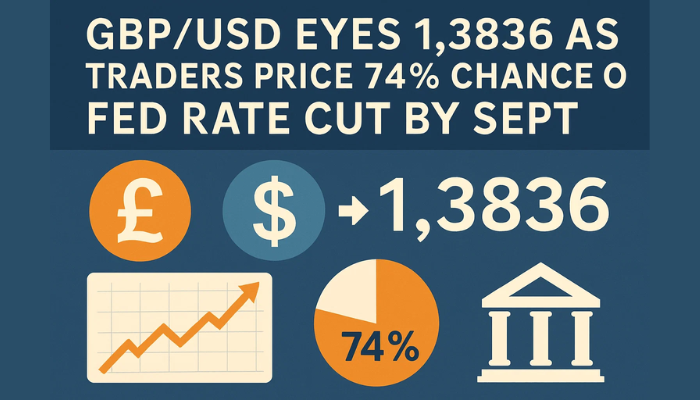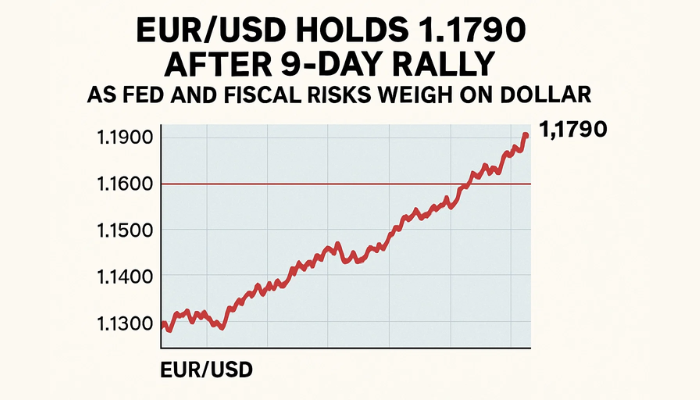Ethereum ETFs Hit $1.4B Inflows as Developers Face Gas Limit Expansion Challenges
Ethereum (ETH) is up 0.70% today after falling 10% on Monday as speculators increased their profit-taking with over $2.5 billion...

Ethereum (ETH) is up 0.70% today after falling 10% on Monday as speculators increased their profit-taking with over $2.5 billion in realized profits.

This resulted in a two-year high in futures liquidations for the leading altcoin. However, ETH exchange-traded funds (ETFs) paint a bright picture despite the market’s current selling pressure.
Ethereum ETFs See Record Inflows Despite Profit-Taking Pressure
According to Coinglass data, Ethereum ETFs experienced a record net inflow of $836.8 million last week. It was 11th consecutive days of positive flows. BlackRock’s ETHA was responsible for most of the flows, with approximately $573 million in inflows last week. As a result, the total flow of ETH ETFs surpassed $1.4 billion.
This is the longest inflow streak since the introduction of Ethereum ETFs in July 2024. The funds have experienced tremendous trading volume, with approximately $1 billion traded on December 6. It marked the fourth-highest trading day since their inception. This was only surpassed on December 5, when $1.1 billion of Ether was traded. Along with the rise in Ethereum’s price, there has been a comeback in the NFT market. There are many top projects which are experiencing double-digit percentage gains.
Navigating Efficiency and Security in Ethereum Gas Limit Expansion
While raising the gas limit for Ethereum blocks enhances the efficiency of the protocol, it also brings security concerns that need to be cy controlled. The topic comes as the Ethereum community considers boosting the gas limit, which might increase network capacity but also posing stability and security threats.
The consensus layer (CL) client specifications are limited as exceeding the present 36 million gas level is impossible without considerable protocol modifications. Beyond the 36 million level, Ethereum’s CL requirements require a maximum uncompressed block size of 10 MiB for fast gossip dissemination over the network. This constraint is critical to ensuring block propagation without causing delays or instability.
A proposed increase to 60 million gas per block would exceed this limit which resulted in propagation failures, lost validator slots, and possible network destabilisation.
These restrictions, while stringent, are intended to reduce dangers such as denial-of-service (DoS) attacks, as larger blocks may overwhelm network nodes and disclose vulnerabilities without providing immediate benefits.
Blocks containing up to 36 million gas stay under acceptable gossip size limitations, providing smooth propagation and consensus stability. However, exceeding this barrier increases the likelihood of valid blocks failing to propagate, which disrupts validators and reduces network performance.
Pectra 2: Ethereum’s Path to Safer Gas Limit Expansion
Ethereum developers are creating the Pectra 2 network upgrade to address these issues. This hard fork contains two crucial ideas which will set the framework for increased gas restrictions.
The first proposal is the Ethereum Improvement Proposal 7623 (EIP-7623), which minimises worst-case block sizes while limiting DoS threats and allowing for safer capacity expansions.
The second is EIP-7691, which boosts the target and maximum number of blobs per block, allowing for empirical data on network performance under larger storage and propagation demands. Blobs are block regions designed to receive data from layer-2 blockchains.
- Check out our free forex signals
- Follow the top economic events on FX Leaders economic calendar
- Trade better, discover more Forex Trading Strategies
- Open a FREE Trading Account


